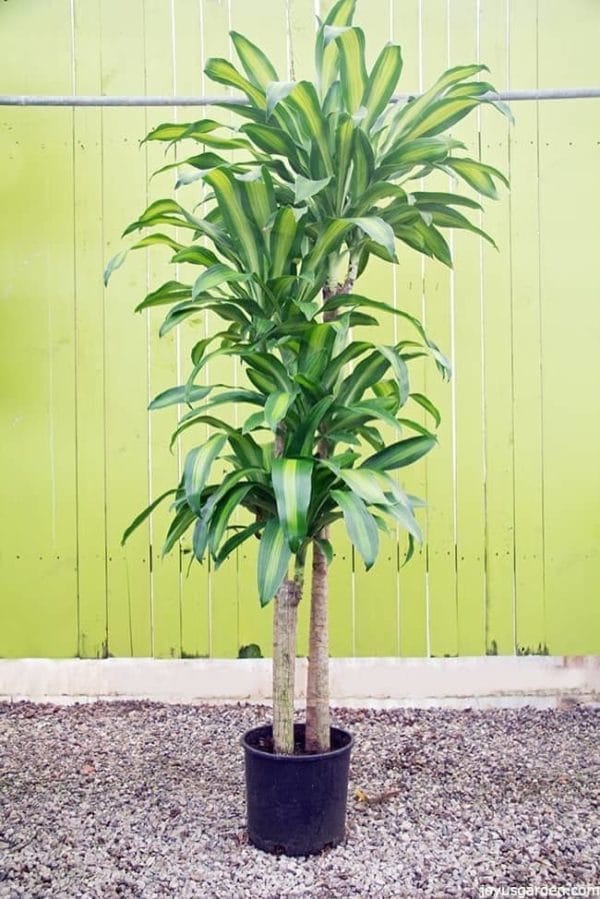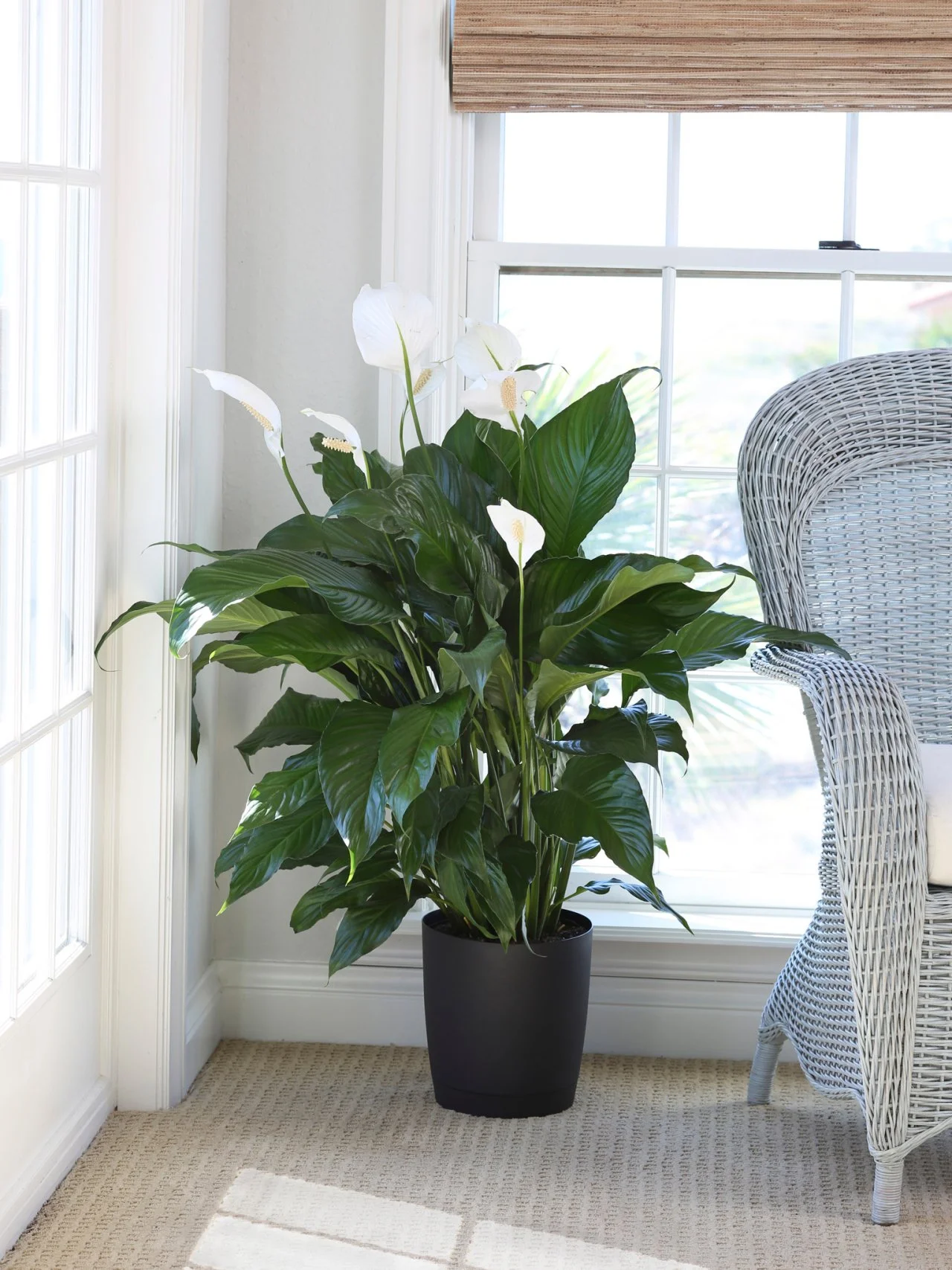Enhance Your Home Décor with the Best Low-Light Indoor Plants
Enhance Your Home Décor with the Best Low-Light Indoor Plants
Blog Article
Transform Your Home With Beautiful Low-Light Indoor Plants and Their Advantages
Integrating low-light indoor plants into your home can significantly boost both the ecological and aesthetic top quality of your home. These plants, which thrive in dark conditions, serve not just as decorative elements yet likewise as natural air cleansers, making them optimal for urban occupants or those with restricted sunshine direct exposure. As we discover the different sorts of low-light plants and their benefits, you might discover shocking ways to incorporate them right into your home that can change your surroundings in ways you may not have prepared for.
Benefits of Low-Light Plants
Low-light plants provide numerous advantages for interior atmospheres, making them a superb choice for both beginner and knowledgeable garden enthusiasts. Among the main advantages is their flexibility to low-light problems, permitting individuals to boost their space without the demand for extensive sunshine exposure. This characteristic makes them perfect for apartments, offices, and other areas with minimal all-natural light.

Additionally, including low-light plants right into home decoration can raise the visual appeal of an area. Their lavish foliage and varied structures create a soothing atmosphere, adding to overall wellness. The existence of plant has been connected to minimized stress and anxiety degrees and boosted efficiency, making low-light plants a practical selection for enhancing both mental and physical health and wellness in indoor settings.
Leading Low-Light Indoor Plants
While several indoor plants grow in bright light, a number of types are specifically appropriate for low-light problems, making them excellent for different interior areas. One preferred option is the Snake Plant (Sansevieria), known for its striking upright leaves and strength, needing minimal treatment. An additional exceptional choice is the Pothos (Epipremnum aureum), which includes heart-shaped fallen leaves and can track wonderfully from racks or hangers, flourishing in low light and including a rich touch.
The ZZ Plant (Zamioculcas zamiifolia) is celebrated for its shiny leaves and capacity to withstand overlook, making it best for hectic way of lives. The Tranquility Lily (Spathiphyllum) not just tolerates reduced light yet likewise generates stunning white blooms, improving any type of space's visual.
For a special touch, consider the Cast Iron Plant (Aspidistra elatior), which certainly lives up to its name, thriving in the darkest corners of your home. Finally, the Chinese Evergreen (Aglaonema) provides a selection of fallen leave patterns and shades while being exceptionally forgiving in low-light conditions. These plants not only beautify interior settings yet also add to air filtration, boosting your home.
Care Tips for Low-Light Plants

Watering techniques are critical; these plants commonly favor somewhat dry conditions. Overwatering can bring about root rot, so make certain that the leading inch of dirt is completely dry prior to sprinkling once again. Usage pots with water drainage holes to permit excess moisture to run away.
Humidity is one more vital element. Several low-light plants, such as ferns and peace lilies, take advantage of higher humidity levels. To raise moisture, take into consideration misting the leaves or putting a tray of water near the plants.
Fertilizing should be approached with care. Throughout the expanding Full Article season, utilize a diluted, balanced liquid plant food every month to support growth, yet avoid fertilizing throughout the inactive winter season months.

Imaginative Ways to Present Plants
Indoor plants can act as captivating centerpieces in any type of area, enhancing both visual charm and setting. Creative displays can raise the visual influence of low-light plants, making them an integral part of your home style. One effective approach is to use tiered plant stands, which enable you to display several plants at differing heights while taking full advantage of flooring area.
Hanging planters are one more ingenious choice, producing a sense of depth and attracting the eye upward. Think about macramé wall mounts or wall-mounted racks to present an one-of-a-kind texture and style.
For a much more structured technique, use geometric terrariums or glass containers to house your plants, adding a modern-day touch to your indoor yard. You can additionally repurpose classic items, such as teacups or wood crates, for an eclectic display screen that reflects your character.
Enhancing Home Setting With Plants
Incorporating low-light plants into your home not only improves visual charm however likewise contributes substantially to the general atmosphere. These plants offer as all-natural decoration aspects, introducing a sense of tranquility that can change any type of room. The presence of plant promotes a calming atmosphere, which is specifically advantageous in high-stress environments such as home offices or living spaces.
Low-light plants, such as serpent plants, pothos, and ZZ plants, are not just cosmetically pleasing however also boost indoor air quality by filtering system contaminants. This dual function improves the setting even more, developing a healthier space (Best low-light indoor plants). The calculated positioning of these plants can likewise affect the perception of area; for circumstances, high plants can draw the eye up, making ceilings appear higher and areas more roomy
Moreover, varying appearances and shades of useful source foliage include deepness to interior decoration, allowing for innovative expression in home designing. Whether put on racks, in corners, or as focal points, low-light plants can elevate the state of mind of any area. In summary, including these plants right into your home is a reliable way to cultivate a cozy, inviting atmosphere while profiting of boosted air high quality and visual convenience.
Verdict
Incorporating low-light indoor plants into home atmospheres uses countless advantages, including improved visual allure and improved air high quality. These durable plants, such as the Serpent Plant and Tranquility Lily, require marginal light and maintenance, making them suitable for diverse way of lives.
While several indoor plants grow in bright light, numerous types are particularly fit for low-light conditions, making them ideal for various interior spaces. One reliable approach is to utilize tiered plant stands, which allow you to display several plants at varying elevations while maximizing flooring area.
Low-light plants, such as snake plants, pothos, and ZZ plants, are not only aesthetically check over here pleasing but additionally boost interior air quality by filtering system contaminants. Best low-light indoor plants. The calculated positioning of these plants can additionally affect the understanding of area; for circumstances, high plants can attract the eye up, making ceilings show up greater and areas more sizable
These resistant plants, such as the Snake Plant and Peace Lily, need minimal light and upkeep, making them suitable for varied way of lives.
Report this page